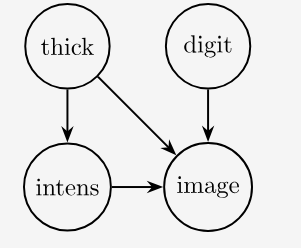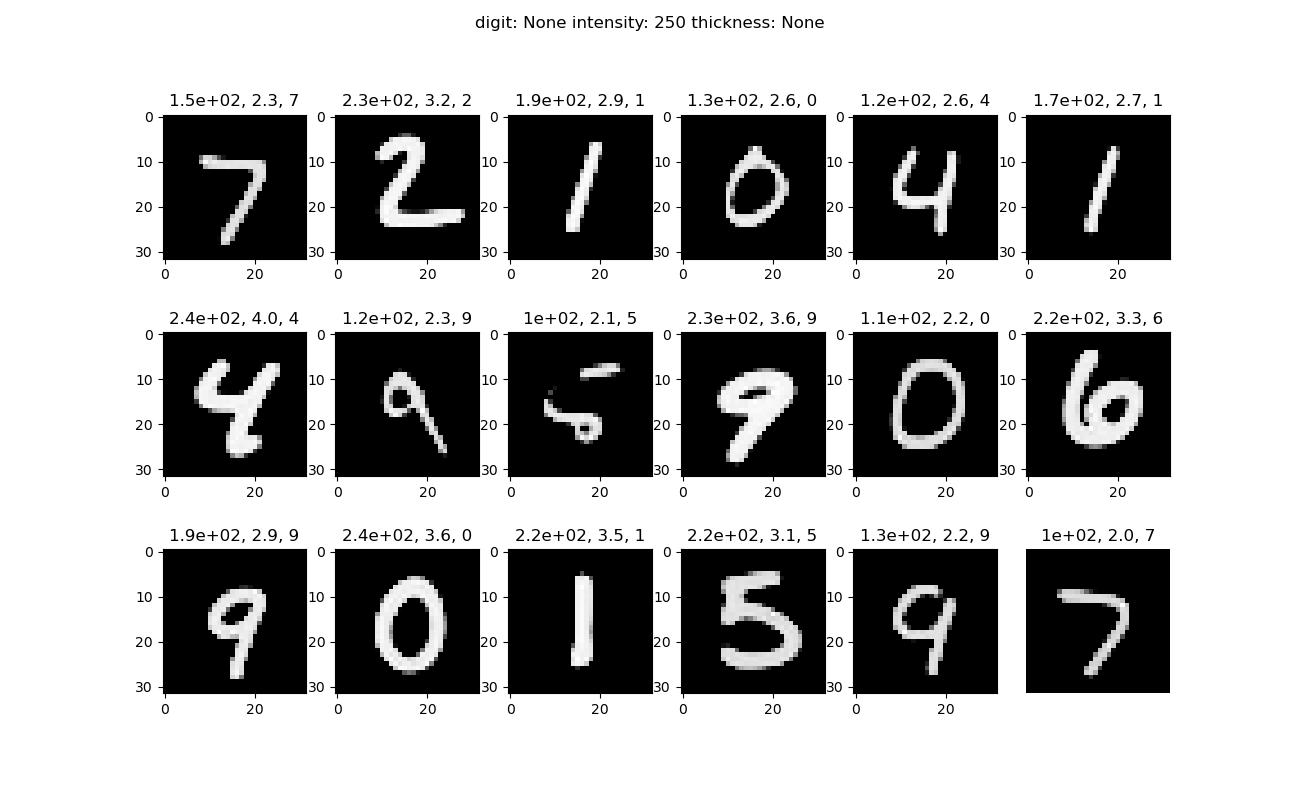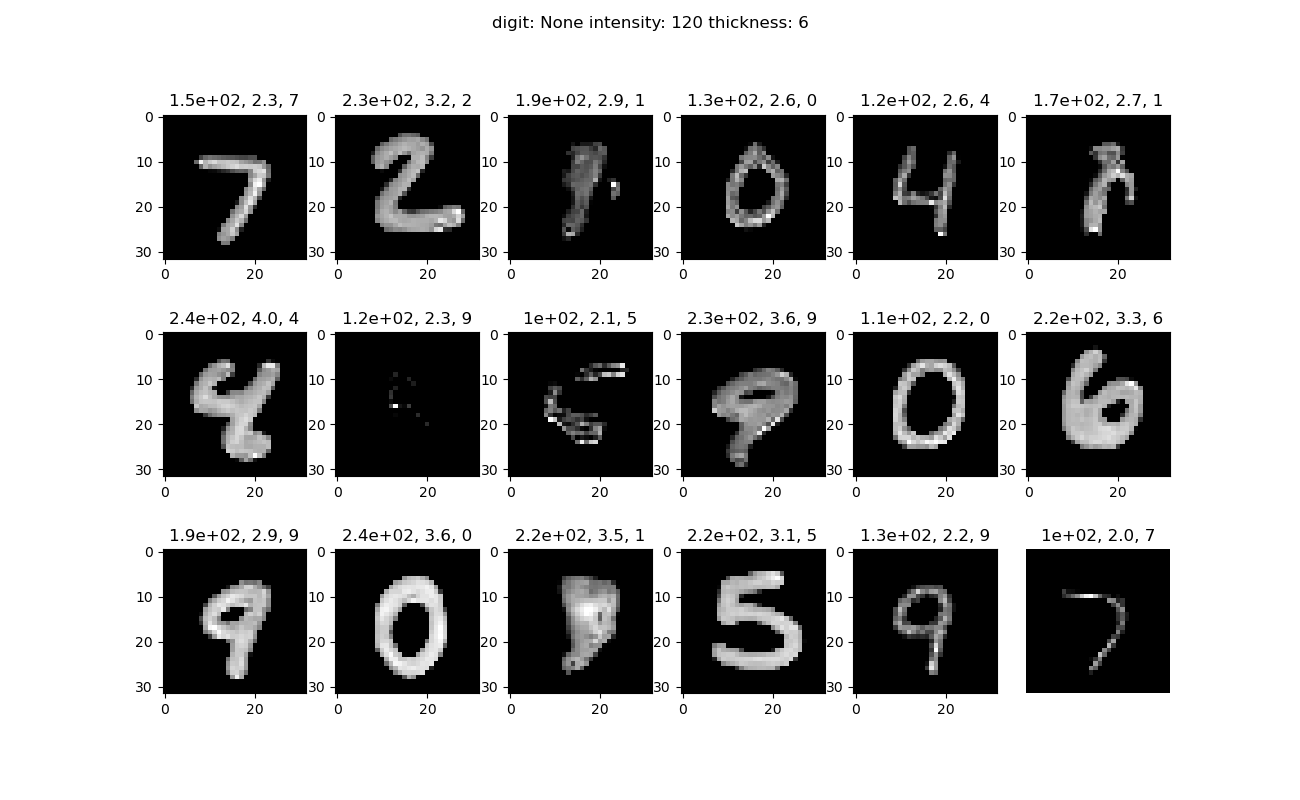work in progress
Abstract
We propose Causal Diffusion Guidance (CDG), a diffusion-based framework for generating counterfactual samples from known structural causal models (SCMs). Existing diffusion models excel at generating high-fidelity images conditioned on text or class labels but overlook the causal structure behind data generation. We introduce a conditional score estimator parameterized by intervention variables and causal parents, and guide the reverse diffusion process toward the desired interventional distribution. Unlike prior work limited to bi-variate causal models, our method generalizes to arbitrary causal graphs and intervention sets. Using causal image datasets, we demonstrate the ability to generate high-quality, causally consistent counterfactual samples.
Proof of Concept
In the following, we trained a DDPM [1] on the Morpho-MNIST dataset [2]. Given a target intervention, the causal guidance leverages classifier-free diffusion guidance [2] to guide samples to the intervention distribution.
For example, the Morpho-MNIST dataset [2] has the following causal diagram:

A random sample from the dataset gives:

Counterfactual reasoning [4] studies the question: How will the observations (the image samples) change if we varied the underlying causal variables (e.g. text width)?
By performing the intervention do(intensity = 250) on the same sample, the causal diffusion model gives:

We can also intervene on multiple variables. For example, do(intensity = 120, thickness = 6) on the original sample gives:

[1]: Ho, Jonathan, Ajay Jain, and Pieter Abbeel. "Denoising diffusion probabilistic models." Advances in neural information processing systems 33 (2020): 6840-6851.
[2]: Daniel C Castro, Jeremy Tan, Bernhard Kainz, Ender Konukoglu, and Ben Glocker. Morpho-mnist: Quantitative assessment and diagnostics for representation learning. Journal of Machine Learning Research, 20(178):1–29, 2019.
[3]: Ho, Jonathan, and Tim Salimans. "Classifier-free diffusion guidance." arXiv preprint arXiv:2207.12598 (2022).
[4]: Judea Pearl. Causality. Cambridge university press, 2009.